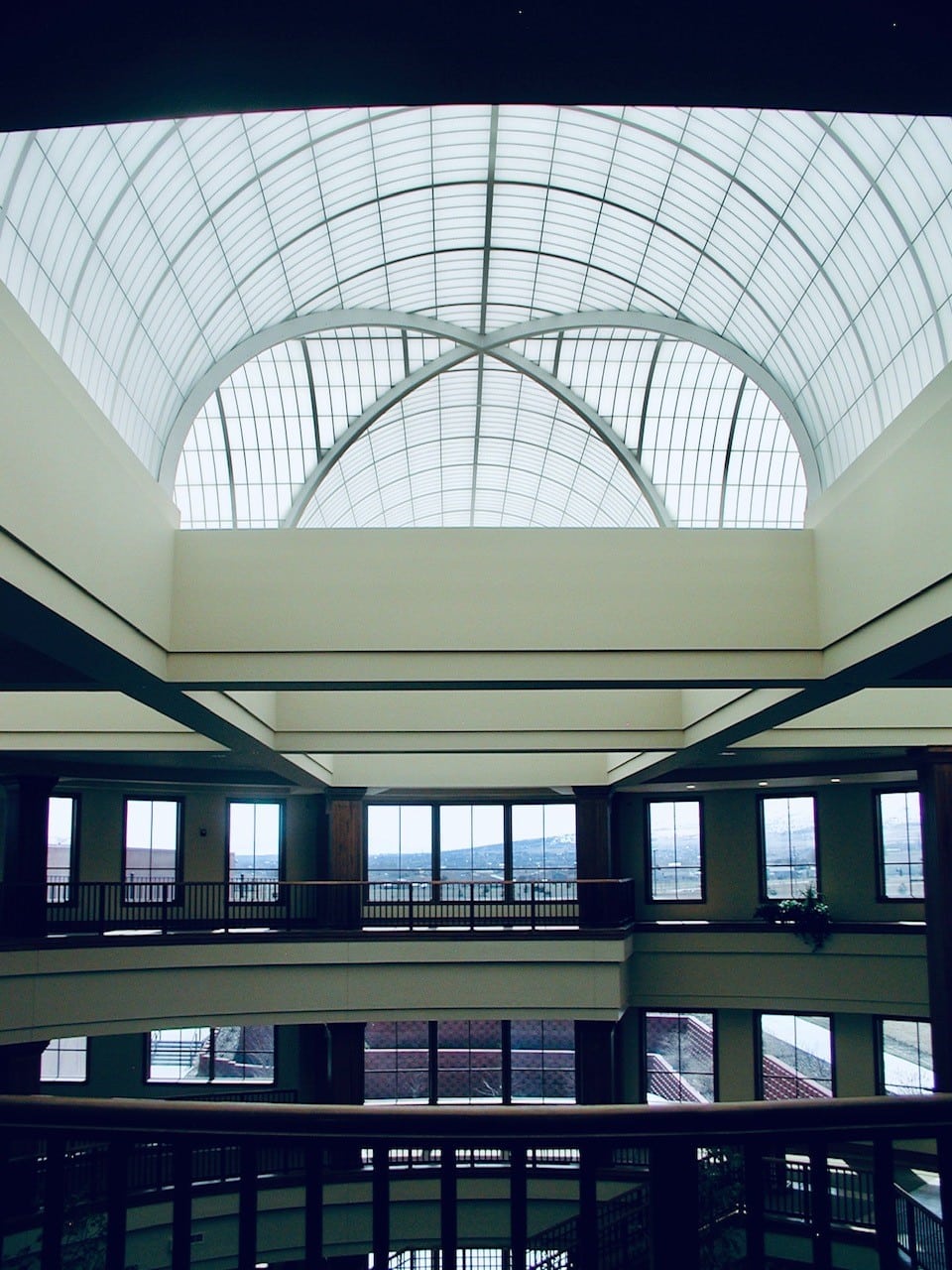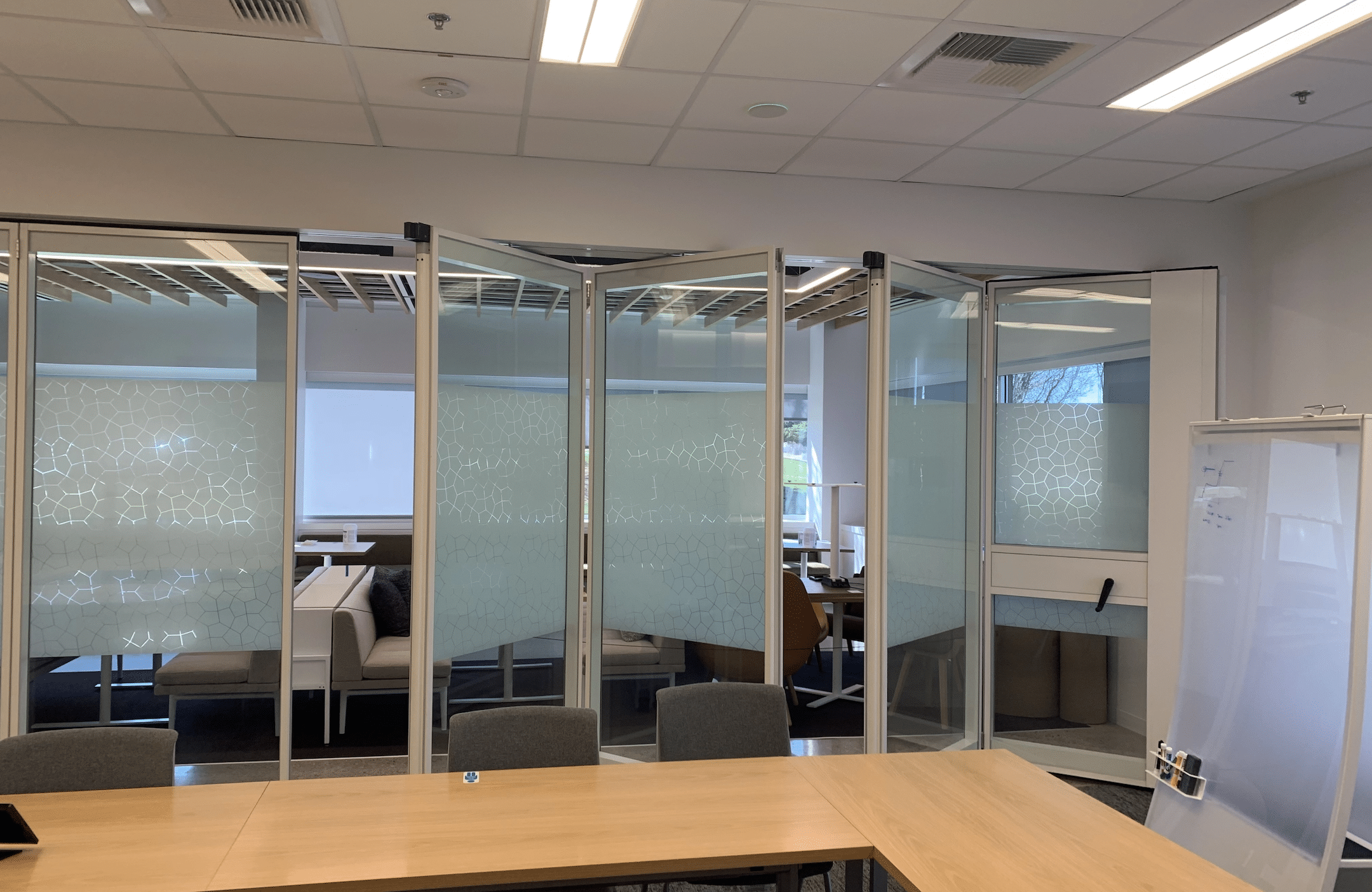Connecting Office Natural Daylight to Productivity and Performance
Workers in office buildings have long coveted desks and workspaces close to windows that offer natural light. This may simply be a natural preference, but perhaps there is a biological imperative and its repercussions for the well-being of humans. Could access to natural sunlight offer health benefits to office workers – and even influence a company’s bottom line? Let’s consider the benefits of natural light, and implications on the health and happiness of workers, as well as overall productivity and performance.
The Dark Ages of Office Lighting
When considering the office environments of yesteryear, one thinks of windowless cubicles with fluorescent overhead lights and little access to fresh air or light. These workspaces were designed with the mindset of the industrial revolution – how many workers can function in the least square feet of working space possible while paying no mind to employee productivity or comfort.
In recent years, this approach has been exposed as shortsighted, as workers have reported eye strain from poor artificial light in office spaces or lack of access to task lighting at workstations. Proper access to daylight has become scientifically linked to optimal office design and a healthy work environment.
The Benefits of Natural Light
Natural light has been shown to:
- boost Vitamin D storage, which helps humans absorb calcium and promotes bone growth
- increase focus and energy
- lead to better sleep and improved circadian rhythms
- decrease the symptoms of seasonal affective disorder, a type of mood-altering depression that hinders feel-good hormones like serotonin
Of course, this also means that a lack of access to natural light can lead to the opposite results.
Shining a Light on the Science of Light Exposure
A well-lit office can be beautiful, but there are perks to adding access to natural light in workplaces and home offices that extend far past the aesthetic. In a study from Dr. Alan Hedge, Professor Emeritus of Design and Environmental Analysis at Cornell University, “Employees in environments with optimized daylight and window views reported a reduction in physical health symptoms commonly experienced by office workers.” For example, workers reported 63% fewer headaches, 56% less drowsiness, and a 51% reduction in eyestrain. These symptoms are all part of a larger health condition known as “Computer Vision Syndrome” that impacts an estimated 70 million workers worldwide.
Additionally, a study by the Swiss Federal Institute of Technology found that employees working in natural light reported higher levels of energy than their colleagues working in artificial light. Natural light has even been shown to boost sales by 40% at checkout counters under skylights.
The Bottom Line for Output
It is suggested that controlling daylight levels in indoor spaces (offices, homes, schools, etc.) while maintaining a view of the outdoors or access to natural light through skylights, windows, etc., allows the eye to refocus and recover from fatigue caused by unnatural light sources on screens. Adults and children who take breaks from LED lights, fluorescent lights, and screens by focusing on natural sunlight can focus better and longer, thereby increasing productivity and longevity. The bottom line is that when we feel better, we can work longer and more comfortably, thereby increasing productivity, performance, and more.
What About My Space?
Are you convinced of the benefits of natural light on office lighting, but unsure of what can be done to your space in particular? If you want to improve working conditions and employee happiness (which can impact everything from productivity to retention), look no further than daylighting solutions by Alder’s.
Daylighting means using portals like windows and skylights to bring sunlight into your space. Incorporating daylighting into a new or existing structure is easier than you may think. For example, tubular daylighting devices (TTDs for short) are affordable, high-performance solutions that bring light where traditional windows can’t reach (like a rooftop), and provide improved energy efficiency. Other custom solutions include adding skyroofs, skylights, side lighting, and more.
When you’re ready to illuminate yourself to the available options for adding more natural light to your school, office, or upcoming construction project, reach out to Alder’s. We partner with a variety of daylighting product manufacturers to provide you with tested and true product lines that can be customized to your space – contact us today.



